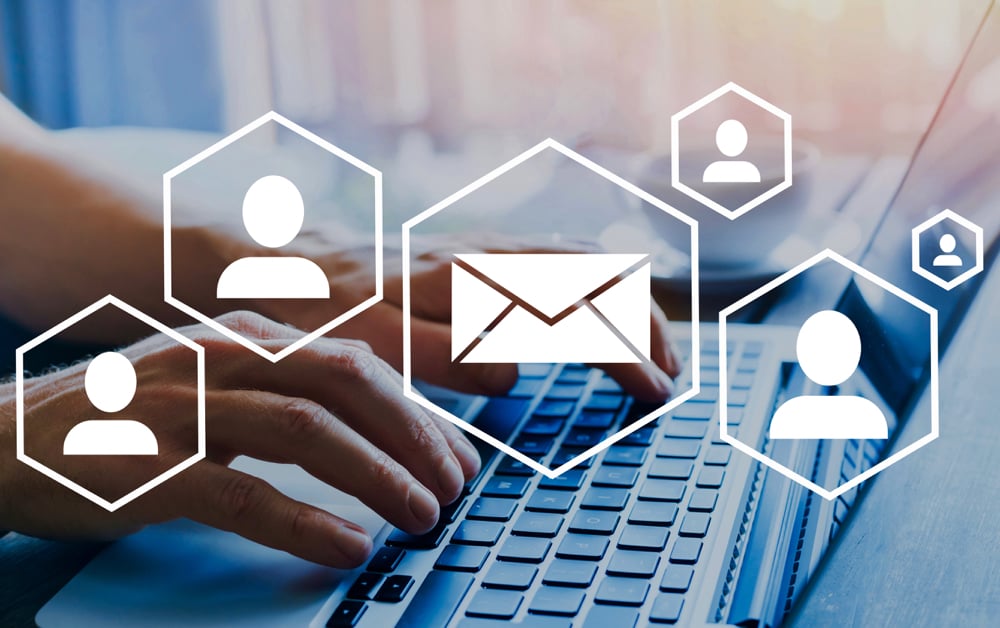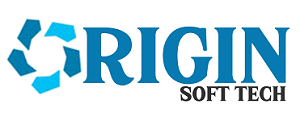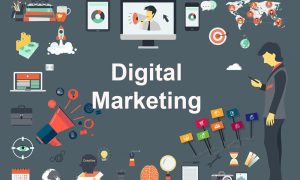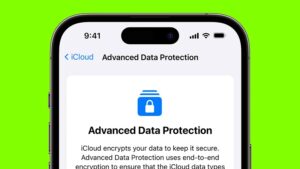Mastering the Art of Follow-up Emails: A Comprehensive Guide

In today’s fast-paced business world, communication is key. One of the most important aspects of communication in business is email. Emails are used to connect with clients, colleagues, and partners. They are used to share important information, discuss ideas, and close deals. However, sending an email is only the first step. Following up on the email is just as important, if not more so. In this comprehensive guide, we will discuss the art of follow up emails and how to master it.
Why are Follow-Up Emails Important?
Follow-up emails are important for a number of reasons. Firstly, they ensure that the recipient has received the email and that it has been read. Secondly, they show that the sender is interested and invested in the conversation or relationship. Finally, they provide an opportunity to clarify any misunderstandings, ask for feedback, or request a response.
The lack of follow-up can lead to lost opportunities, misunderstandings, and damaged relationships. Therefore, it is important to understand the best practices for crafting effective follow-up emails.
Tips for Crafting Effective Follow-Up Emails
There are several tips that can be followed to craft effective follow-up emails. Firstly, it is important to be clear and concise in the email. The recipient should be able to understand the purpose of the email and what is expected of them. Secondly, it is important to be polite and respectful in the email. The tone should be friendly and professional.
Thirdly, it is important to be timely in the email. A follow-up email should be sent within a reasonable amount of time after the initial email. If too much time has passed, the recipient may have forgotten about the email or moved on to other tasks.
Fourthly, it is important to be persistent but not pushy in the email. Following up too frequently or in a demanding manner can be off-putting and may lead the recipient to ignore the email altogether.
Finally, it is important to be specific in the email. The recipient should know exactly what is expected of them and what the next steps are.
The Role of Personalization in Follow-Up Emails
Personalization is an important aspect of follow-up emails. Personalization can include addressing the recipient by name, referencing previous conversations or interactions, and tailoring the email to their specific needs or interests. Personalization can make the recipient feel valued and appreciated, which can lead to a stronger relationship.
Personalization can also increase the chances of a response. A generic email that could have been sent to anyone may not receive the same attention as an email that was specifically crafted for the recipient. Therefore, it is important to take the time to personalize each follow-up email.
Examples of Follow-Up Emails: Different Scenarios and Approaches
There are several different scenarios and approaches that can be taken when crafting follow-up emails.
The first approach is the friendly reminder. This approach is used when the recipient has not responded to the initial email. The email should be polite and friendly, and should remind the recipient of the original email and what is expected of them.
The second approach is the thank you email. This approach is used when the recipient has responded to the initial email. The email should be personalized and should thank the recipient for their response.
The third approach is the follow-up with additional information. This approach is used when the recipient has responded to the initial email but requires more information. The email should provide the additional information and should be clear and concise.
The fourth approach is the follow-up with a new proposal. This approach is used when the initial proposal was not accepted or needs to be revised. The email should be personalized and should provide a new proposal or revised proposal.
The fifth approach is the follow-up to close the deal. This approach is used when the initial proposal was accepted but no action has been taken. The email should be personalized and should provide a clear call to action.
Conclusion
In conclusion, follow-up emails are an important aspect of business communication. They ensure that the email has been received and read, show interest and investment in the conversation or relationship, and provide an opportunity for clarification, feedback, or a response.
Effective follow-up emails should be clear, concise, polite, timely, persistent but not pushy, and specific. Personalization is an important aspect of follow-up emails and can increase the chances of a response.
Different scenarios and approaches require different types of follow-up emails, including the friendly reminder, thank you email, follow-up with additional information, follow-up with a new proposal, and follow-up to close the deal. By mastering the art of follow-up emails, businesses can improve communication, build stronger relationships, and close more deals. Check our follow-up guide from Reply`s specialist https://reply.io/follow-up-guide/.





